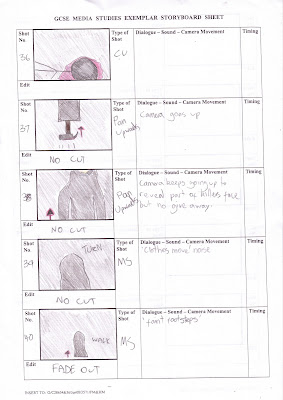Universal Children - suitable for all, but ecspecially made for children under 7 years of age.
Universal - All ages admitted, there is nothing unsuitable for children.
Parental Guidance - All ages admitted, but parents are advised that certain scenes may be unsuitable for children under 13.
 Accompanied - Suitable for those aged 12 and over, children under 12 are admitted if they are accompanied by an adult at all times during the performance.
Accompanied - Suitable for those aged 12 and over, children under 12 are admitted if they are accompanied by an adult at all times during the performance.
12 - Suitable for those aged 12 and over, no-one younger than 12 may rent or buy a 12 rated VHS, DVD or game.

15 - Suitable for those aged 15 and over, no-one younger than 15 may see a film rated 15 in cinema or rent or buy a 15 rated VHS, DVD or game.
18 - Suitable for those aged 18 and over, no-one younger than 18 may see a film rated 18 in cinema or buy or rent an 18 rated VHS, DVD or game.
Restricted 18 - suitable for those aged 18 and over, may only be shown at licensed cinemas and only to people aged 18 or over.














